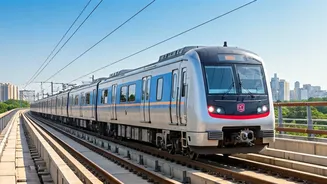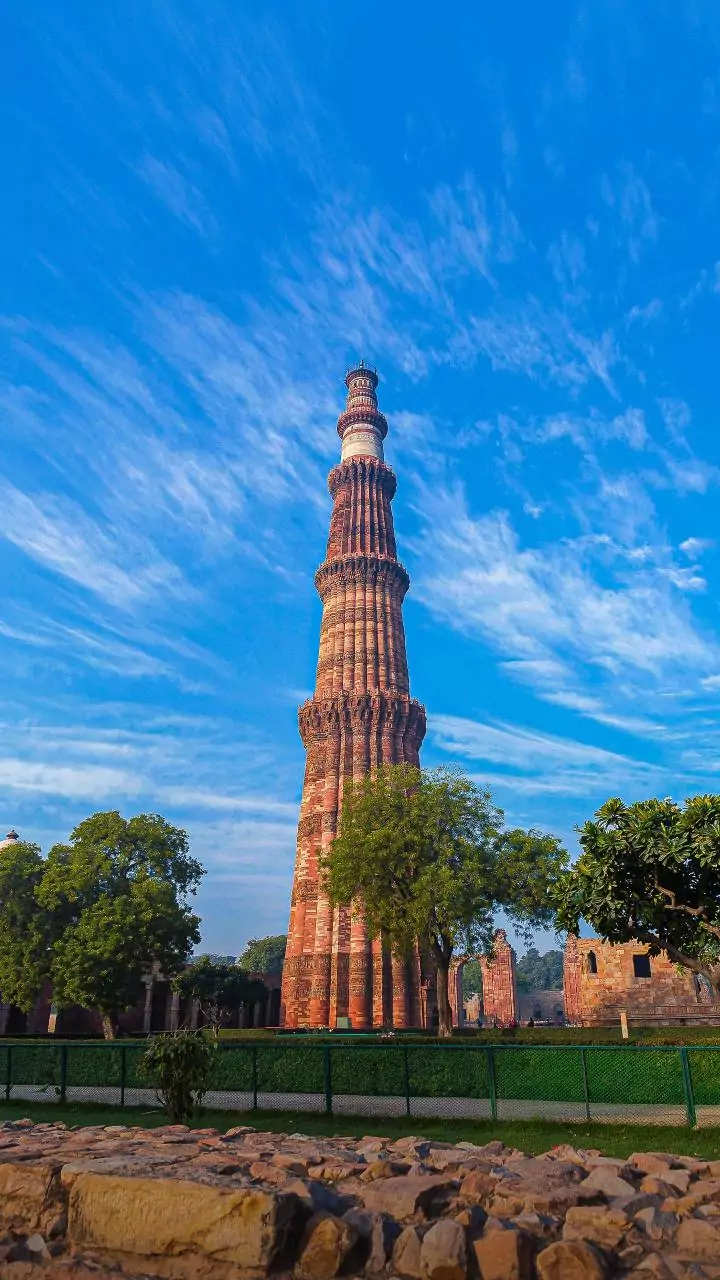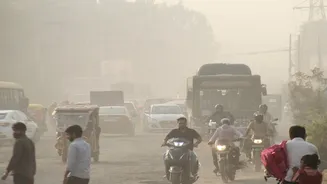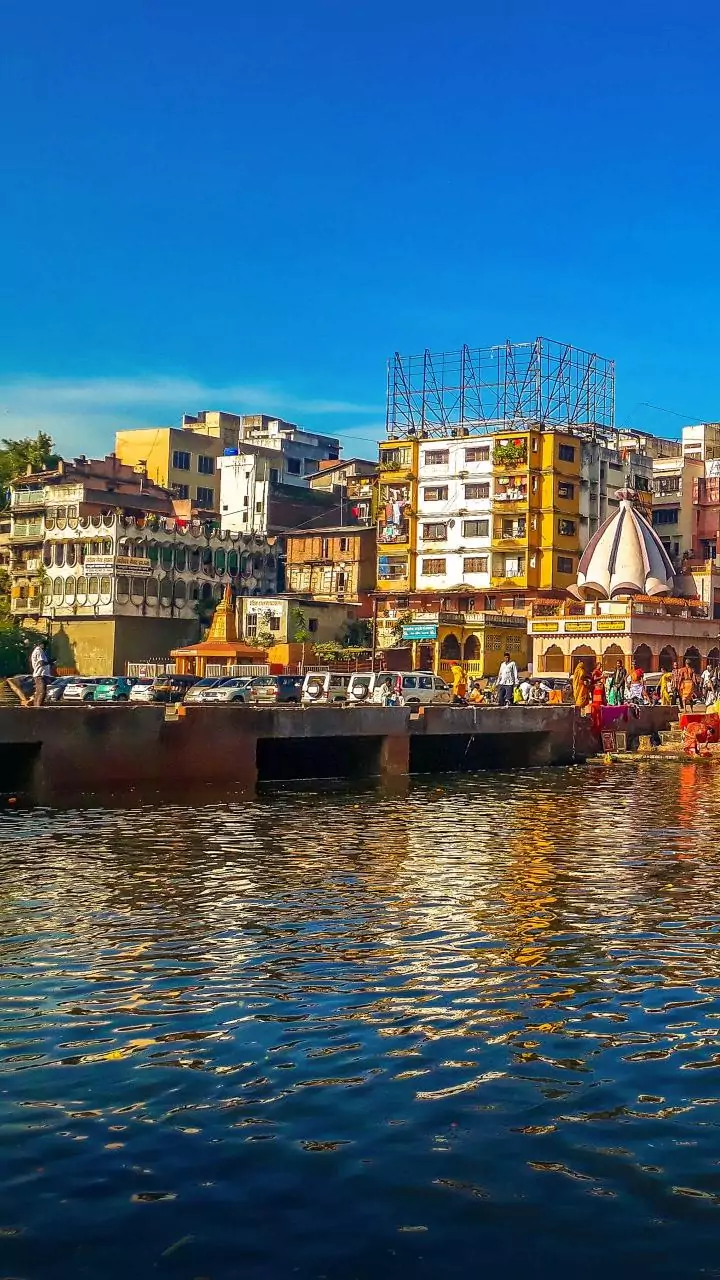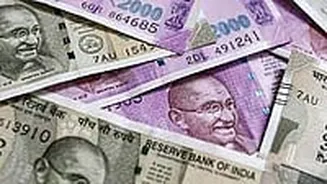Metro Timings Overview
The Delhi Metro, a vital public transit system, operates with a well-defined schedule designed to accommodate the city's vast population. The timings generally
remain consistent; however, specific stations or lines might experience adjustments for diverse reasons. These modifications are usually announced to ensure commuters are well-informed about the changes. Keeping up-to-date with this information allows for efficient planning and smooth travel. It's advisable to check for the most recent updates prior to travel, which is available on the official Delhi Metro Rail Corporation (DMRC) website or through the announcement made in the metro stations.
GRAP 2 & Additional Trains
In certain circumstances, the Delhi Metro adjusts its services. One example of this is the introduction of additional trains, like those run due to the implementation of the Graded Response Action Plan (GRAP) 2. Such adaptations demonstrate the metro's responsiveness to prevailing environmental or infrastructural concerns. These specific changes might involve modifications to the frequency or the timings of train services. Usually, an increase in trains during peak hours helps manage the passenger load, and ensure that the commuters reach their destinations without any difficulty. Official announcements from the DMRC provide exact details regarding these added services and related schedule adjustments.
Post-Puja Schedule Changes
Significant events, such as Chhath Puja, frequently prompt modifications in the Delhi Metro's timetable. These changes intend to handle the greater passenger volume and ease congestion in and around specific stations. For instance, the DMRC revises train schedules at busy locations, such as New Delhi and Anand Vihar stations, so as to manage the post-festival rush. The alterations can include extended service hours or an increase in the number of trains to accommodate all travellers efficiently. Notifications of such changes are released well in advance via official channels, allowing commuters to plan their travels. Staying informed about these temporary schedule adjustments ensures a seamless commuting experience during and after major events.
